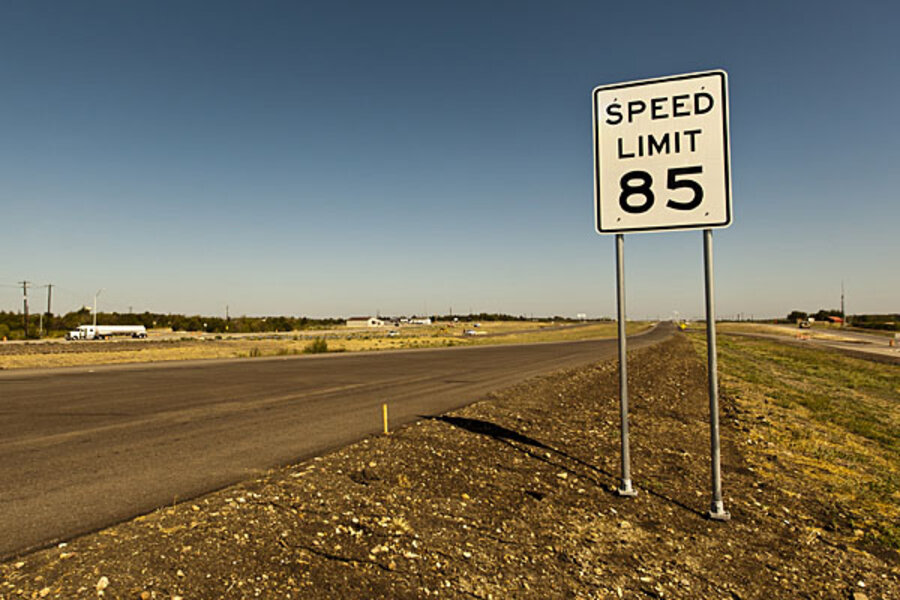Curb your need for speed
Loading...
When I was sixteen, I got into a car accident. I skidded on a bit of ice and rear-ended another car, one that happened to be driven by my cousin. There wasn’t much damage to either car; her car had to have a plastic piece on the rear replaced and my car was completely fine.
The insurance impact, though, was pretty strong. My already-high rates (remember, I was sixteen) went substantially higher yet.
Fast forward to my adult life. I turn twenty five and my rates are pretty low. Sarah and I share a policy.
In a four month period, we each get two speeding tickets. Not only are we paying for those tickets, but our insurance rates bounce up as well.
Driving too fast has a ton of costs, many of which you don’t see.
Today, I pretty much exclusively drive the speed limit. I’ve seen too often that speeding just isn’t worth it.
First, it eats up extra gas money. Your car runs less efficiently the faster you go, which means you get fewer miles per gallon when you drive. On a long trip, you’re going to end up losing a good portion of the time you saved because of that extra gas stop you’ll have to make.
Second, you run the risk of tickets. The faster you drive, the more likely you are to get pulled over for speeding. This seems to happen when you least expect it, so the best tactic to take is to simply go the speed limit.
Third, speeding increases the risk of accidents. For every mile per hour you increase your speed, you increase the risk of accident by 3% to 6%, as mentioned in this study.
Fourth, more accidents and tickets means higher auto insurance rates. Not only do you have to pay for the accidents and the tickets, you’re going to get hit again when it comes to your insurance bill.
The costs add up for speeding. Even if you look just at the price of gasoline, you earn minimum wage tax free in a typical car just by going the speed limit instead of significantly speeding.
Add in the savings from no risk of a ticket, lower risk of an accident, and the related insurance costs, and the savings from simply driving safely are substantial.
This post is part of a yearlong series called “365 Ways to Live Cheap (Revisited),” in which I’m revisiting the entries from my book “365 Ways to Live Cheap,” which is available at Amazon and at bookstores everywhere.








